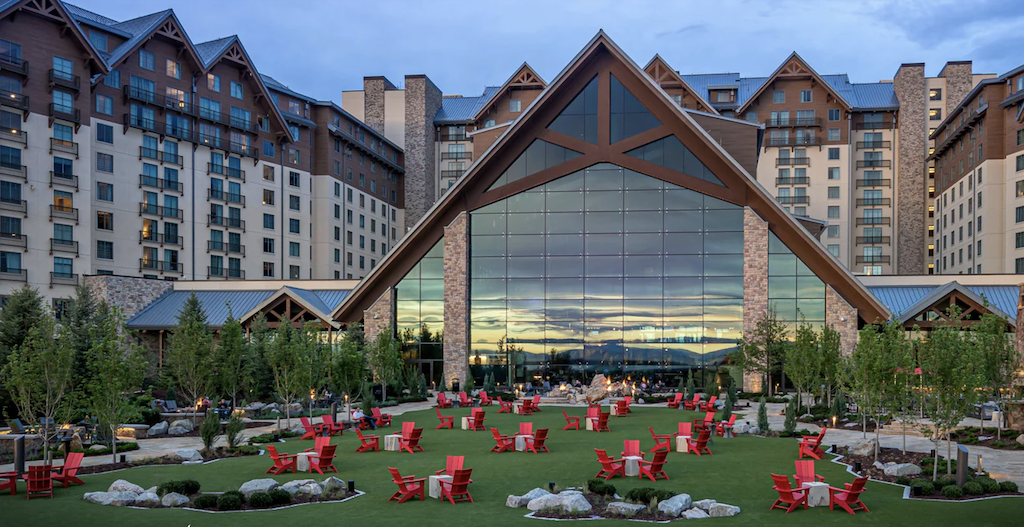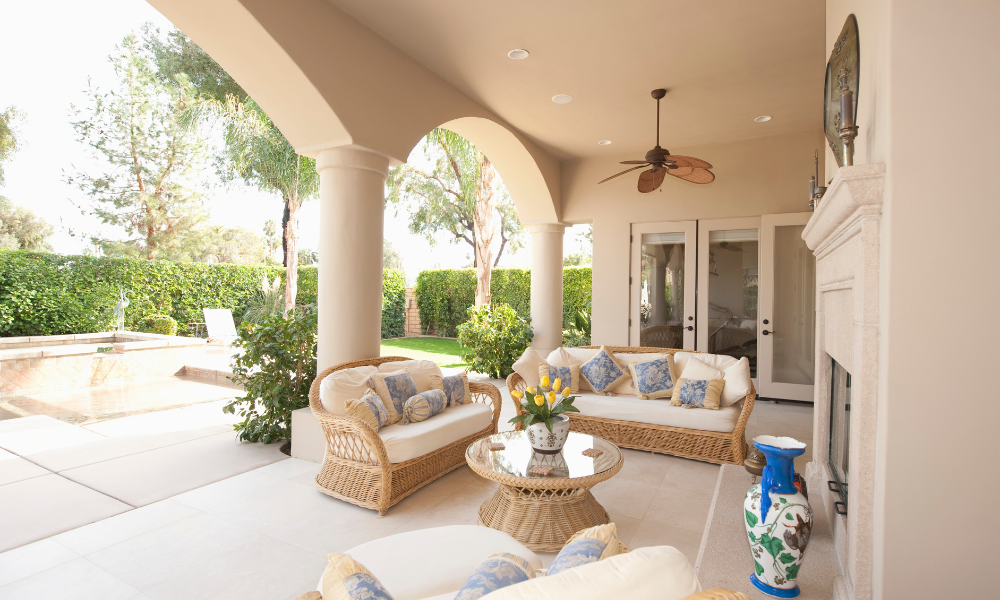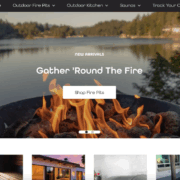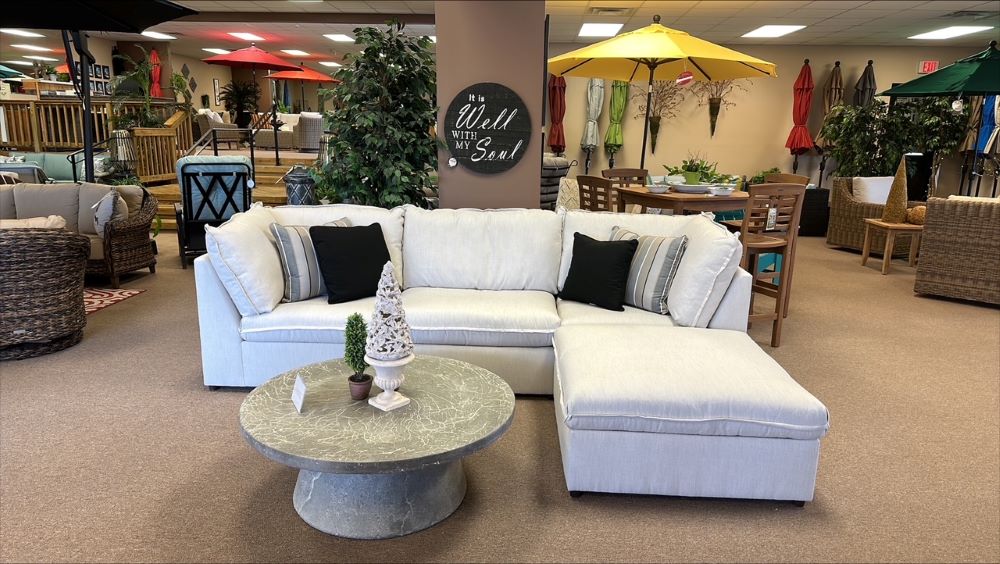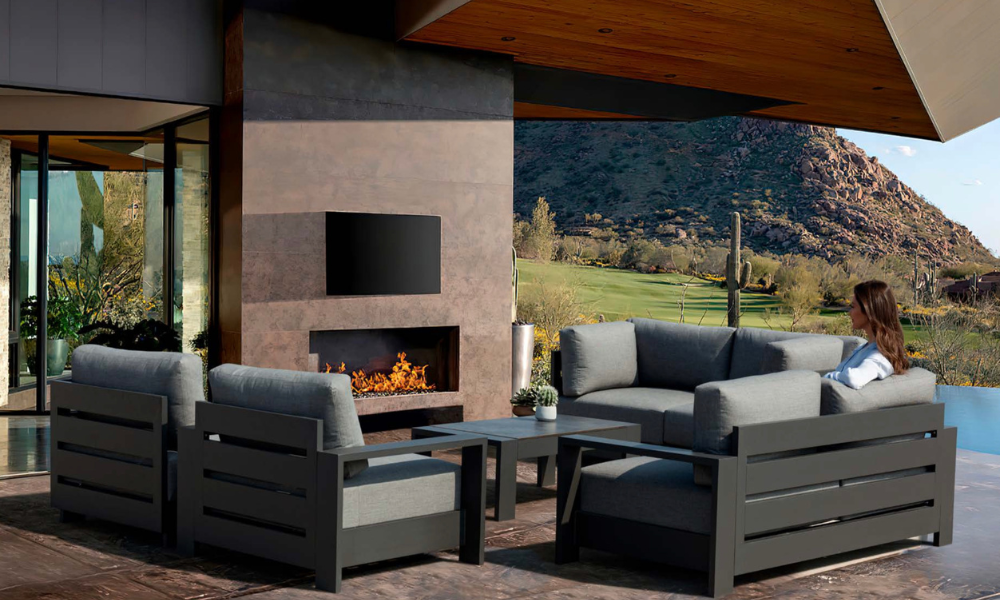In one word, the state of the casual furnishings industry right now is “different.”
With peak sales from Covid now a thing of the past, the industry is seeing flatter sales on the retail side and fewer new products flowing into stores because retailers have an excess of inventory due to delayed shipping in 2022.
As a recent article on Casual News Now about shopping at Casual Market revealed, some specialty retailers are not planning to buy anything at the market because of that excess.
Todd Wingrove, vice president of sales for Agio, says he’s seeing retailers waiting to buy across the board — from smaller mom-and-pop shops to larger national chains.
“Coming up on the casual show next month, we’ve got a lot of appointments, but we don’t really know what type of action we’re going to be getting from some of the retailers as they’re coming in.”
Jim Kemp, Agio’s vice president of product development, adds that there’s a bit of burnout from Covid.
“Many are wanting to wait as long as they possibly can to place orders for next spring to get rid of their stock and be able to start fresh and return to some form of normalcy in 2024,” Kemp says.
Kemp also mentions that Agio is seeing a subtle shift in demographics as Gen X is becoming the new baby boomer in terms of purchasing power.
“We’ve done studies internally and it seems like the demographic is now 45 to 57,” Kemp explains. “The whole industry is shifting. They’re a difficult generation, but I think they understand how they spend their money.”
Going forward, Wingrove and Kemp say Agio is going to be as flexible as possible to help their buyers customize orders for customers and help them sell.
“In having conversations with large national chains, their philosophy has been to just get through 2023, do everything that we can, and then the hope is that 2024 is going to start to break loose a little bit,” Wingrove adds.
Kemp says the outdoor industry is still strong and it will come back. He adds that the Chinese New Year is late this year, falling in February, so that gives retailers another three to four weeks to get their orders in.
Garrett Wallace, president of Yard Art Patio & Fireplace in Coppell, Texas, is just one of many retailers who have excess stock this season; however, he says he’s not too worried because all the products his store has are winners.
“It’s all moving; we just have so much of it that it’s not moving as fast as we want it to,” he says. “We brought in about eight new collections this year, and out of those, four or five have been clear winners. So we’ll go forward with those and sell out of them by the end of summer.”
The store is also fortunate to have an anniversary that falls in June, which means they can extend the holiday season from Memorial Day all the way through July Fourth. And Wallace says Yard Art offers better deals during this anniversary period to encourage shoppers to buy before the busy holiday.
Going forward, he says the company is rebuilding its container programs for 2024 and plans to restock in April or May, as opposed to when they usually restock in January/February in a normal year.
“We plan to place orders at market (in Atlanta), but we will extend our shipping dates out so that they’re ready to go when we need them,” Wallace says.
Andy Sokol, Ashley’s senior vice president of sales and merchandising – outdoor, explains that manufacturer’s success is predicated on their dealers’ success, and marketing is an area where the two can work together to push sales.
“All of our sales reps are called marketing specialists because when we go and work with customers they become a business partner,” he says. “If a retailer cuts their advertising budget, they’re doomed to fail. You have to be aggressive in this environment, you can’t wait for a customer to walk in the door — give them a reason to come to see you rather go somewhere else.”
He says Ashley floods its business partners with great marketing ideas and strategies and that last week, the company decided to lower prices significantly on a very large portion of its outdoor assortment in an effort to help retailers sell more product at higher margins.
“They’re all working on shorter margins this year and they need to get aggressive,” Sokol says. “We’re trying to make it less painful by lowering the prices so they can get more aggressive on their price points and turn goods in the season. There’s a lot of business to be done and we’re going to do it in a way that takes the risk away from the dealers.”
As for when things may return to normal, Sokol adds that he thinks next year will be slightly better than this year, but not as great as the industry hopes it will be.



